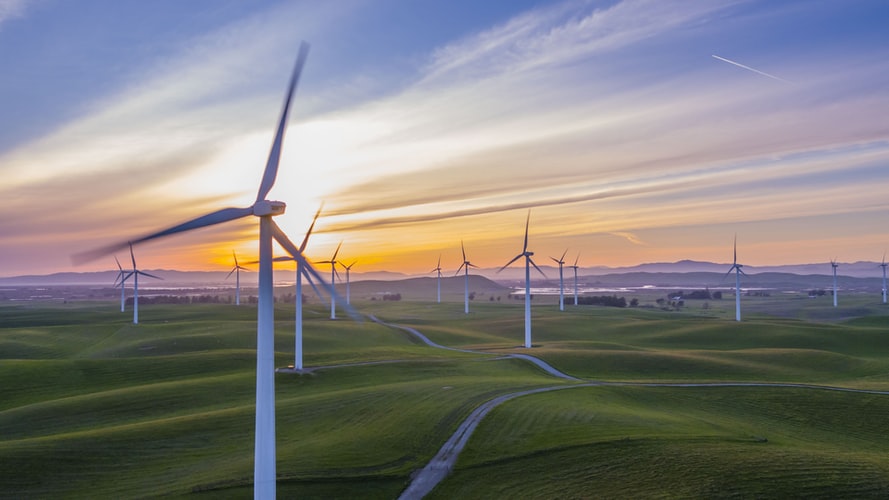Taking Wind Turbines To The 3D Level
With both onshore and offshore wind power combining to be an ever larger part of energy supply worldwide, some companies have decided to concentrate their efforts on building greener wind turbines, out of wood for example, while maintaining the same energy output. But American GE has recently announced its aim to tackle all these aspects at once by building taller wind turbines with high 3D-printed bases that would help solve some logistical issues often associated with the wind giants.

Here is how:
- - Higher, stronger: The average wind tower (without its rotor and blades) is around 150 meters tall — one of the tallest, in Gaildorf, Germany, stands 178 meters tall — and between 80 and 100 meters in the US. GE is aiming at “record height” 5MW turbines with structures reaching up to 200 meters and generating 20.2 GWh annually, 33% more power than the current 80 meter towers.
- - Better base: This impressive step forward will be made possible thanks to higher concrete bases which could be up 80 meters tall and to which the usual steel tower would be later added.
- - Wonders of 3D: These concrete bases will be 3D printed, preserving their strength and load capacity, directly where the wind turbine is to be installed. It means the 3D printer would be the main tool needing transportation, rather than the whole tower and the precast concrete pieces that make the base which involve heavy logistical arrangements.
- - Labor savings: In addition to cutting the environmental impact of the transportation, the 3D-print solution will also reduce the cost of labor needed to assemble the concrete pieces on site.
- - Teamwork: To achieve the construction of the skyscraper-sized wind turbines, GE has teamed up with COBOD, a 3D construction printing company, and building materials leader LafargeHolcim.
- - First to market: GE completed its first prototype in October 2019. While the company is not the first to explore the 3D-printed solution for wind towers, it would be the first to make wind turbines with a 3D-printed base commercially available, planning to begin production in 2023.
